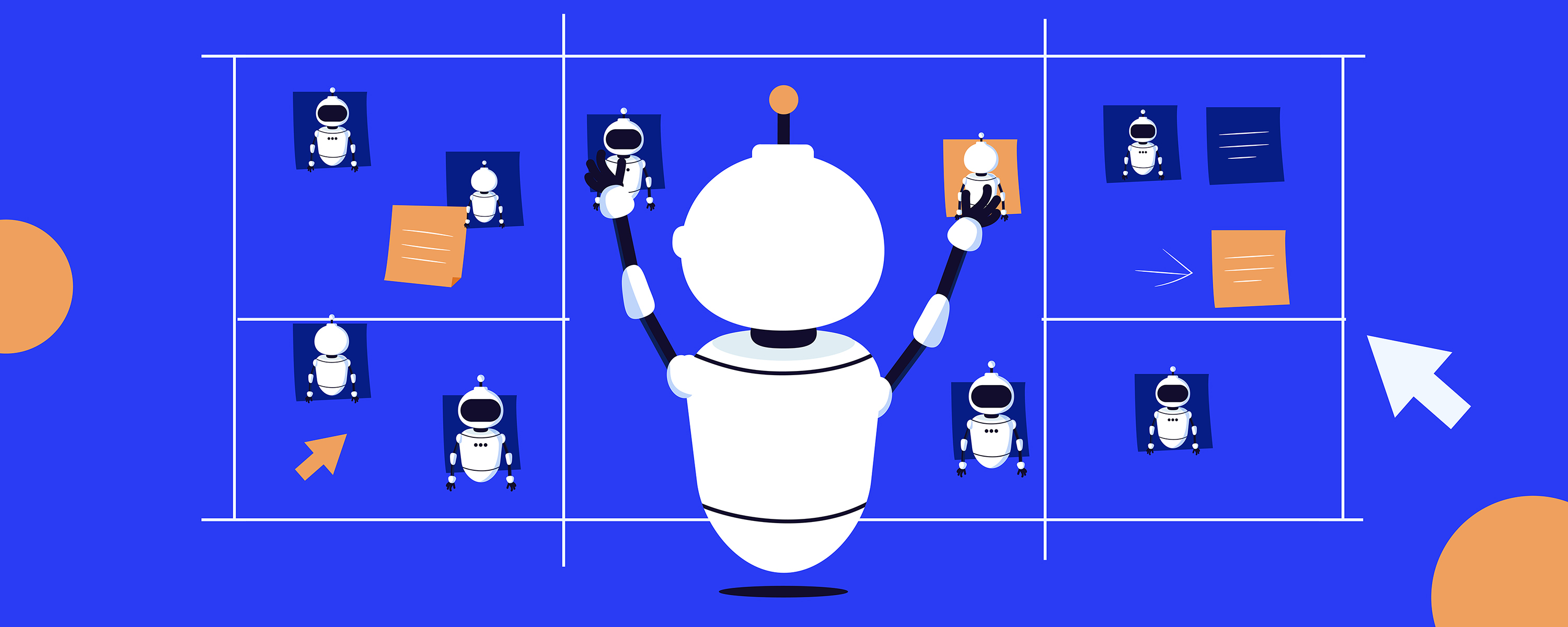Building Chatbots: Design, Development, and Deployment

Executive Summary

Chatbots are increasingly becoming a vital tool for businesses of all sizes. They can help automate tasks, improve customer service, and generate leads. However, building a chatbot is not a simple task. It requires careful planning, design, and development. This article will provide a comprehensive guide to the chatbot building process, from design to deployment.

Introduction
Chatbots are computer programs that simulate human conversation. They can be used for a variety of purposes, such as customer service, sales, marketing, and education. Chatbots are becoming increasingly popular, as they offer a number of advantages over traditional methods of communication.
Design
The first step in building a chatbot is to design it. This involves defining the chatbot’s purpose, personality, and functionality.
Purpose
The first thing you need to do is define the purpose of your chatbot. What do you want it to achieve? Is it meant to provide customer service, sales, marketing, or education? Once you know the purpose of your chatbot, you can start to develop its personality and functionality.
Personality
The personality of your chatbot is what will make it unique and memorable. You want to create a chatbot that is engaging, informative, and helpful. Think about the tone of voice you want your chatbot to have and the type of language it will use.
Functionality
The functionality of your chatbot will depend on its purpose. A customer service chatbot will need to be able to answer questions, resolve issues, and escalate problems. A sales chatbot will need to be able to provide information about products and services, generate leads, and close deals. A marketing chatbot will need to be able to create and distribute content, generate leads, and drive traffic to your website. An educational chatbot will need to be able to provide information, answer questions, and assess learning.
Development
Once you have designed your chatbot, you can start to develop it. There are a number of different programming languages that can be used to develop chatbots, such as Python, Java, and C++. You will also need to choose a chatbot platform. There are a number of different chatbot platforms available, such as Dialogflow, Amazon Lex, and IBM Watson Assistant.
Programming language
The programming language you choose will depend on your experience and the complexity of your chatbot. If you are new to chatbot development, you may want to start with a simple programming language like Python. If you are developing a more complex chatbot, you may need to use a more powerful programming language like Java or C++.
Chatbot platform
The chatbot platform you choose will provide you with the tools and resources you need to develop and deploy your chatbot. Chatbot platforms typically offer a variety of features, such as natural language processing, machine learning, and analytics.
Deployment
Once you have developed your chatbot, you need to deploy it. This involves making your chatbot available to users. There are a number of different ways to deploy a chatbot, such as through a website, a mobile app, or a messaging platform.
Website
You can deploy your chatbot on your website by adding a chatbot widget. This widget will allow users to interact with your chatbot directly from your website.
Mobile app
You can also deploy your chatbot through a mobile app. This allows users to interact with your chatbot from their mobile devices.
Messaging platform
You can also deploy your chatbot through a messaging platform such as Facebook Messenger, WhatsApp, or Telegram. This allows users to interact with your chatbot directly from their favorite messaging app.
Conclusion
Building a chatbot is a complex task, but it can be a rewarding one. By following the steps outlined in this article, you can create a chatbot that is engaging, informative, and helpful. Chatbots can be a valuable tool for businesses of all sizes, and they can help you to improve customer service, sales, marketing, and education.
Keyword Phrase Tags
- chatbot design
- chatbot development
- chatbot deployment
- chatbot programming
- chatbot platform

Ths is a fntastic articel on building chatbots. I learned a lot from it! Thanks for sharing!
This article is terrible. It’s full of errors and doesn’t make any sense. Don’t waste your time reading it.
I found this article to be very informative. It gave me a good overview of the chatbot development process.
I disagree with the author’s conclusion that chatbots are the future of customer service. I think they’re just a fad.
This article is so ironic. It’s about building chatbots, but it’s written in a way that makes it sound like the author doesn’t know what they’re talking about.
This article is so sarcastic. The author is clearly trying to make fun of chatbots.
This article is hilarious. The author has a great sense of humor and makes learning about chatbots fun.
I’m not sure what the author is trying to say in this article. It’s all over the place.
This article is a great resource for anyone who wants to learn more about chatbots.
I’m glad I found this article. It’s helped me understand chatbots better.
This article is amazing! I’ve learned so much from it.